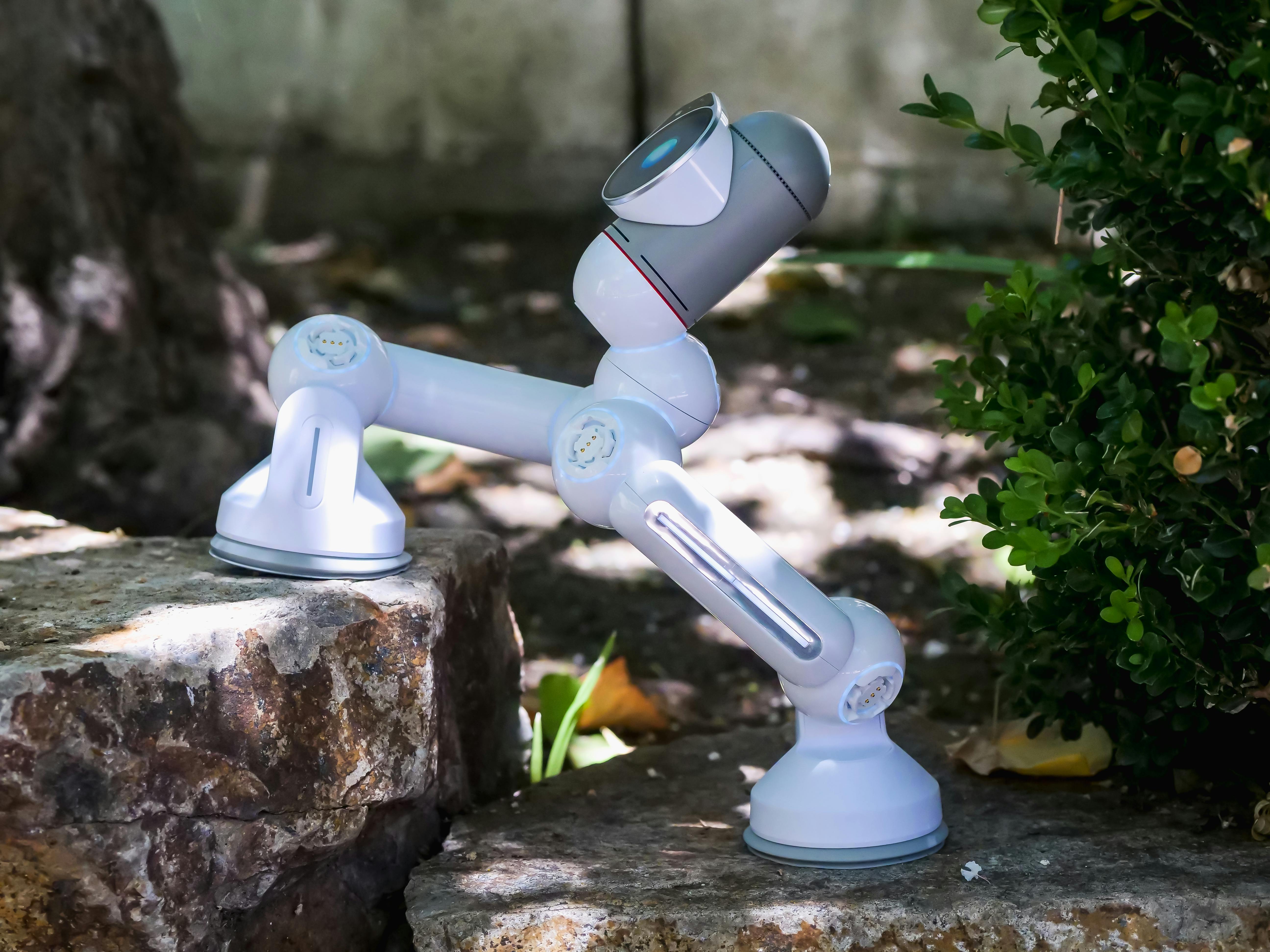Pioneering Business through Industrial Co-bot Adoption: A Journey of Innovation and Efficiency
In the realm of business and industrial operations, the incorporation of collaborative robots, also known as co-bots, has emerged as a transformative trend. This article delves into the evolution, current trends, and future possibilities of co-bots in business settings, where they work alongside human workers, enhancing productivity and safety.

Co-bots: Tracing the Origins
The concept of co-bots was first introduced in the late 1990s by researchers at Northwestern University. Designed to interact directly with humans within a shared workspace, co-bots were initially slow and limited in their capabilities. However, advancements in technology over the years have led to co-bots becoming versatile, smart, and capable of performing complex tasks.
Co-bots in the Present Business Landscape
With rapid technological advancements, co-bots have transitioned from being a novel concept to an integral part of modern businesses. They are favored for their ability to take over repetitive tasks, which not only improves efficiency but also reduces the risk of workplace injuries. Co-bots are being employed in various industries, such as automotive, healthcare, and agriculture, where they perform tasks ranging from assembly line work to harvesting crops.
Implications of Co-bots in Business & Industry
The adoption of co-bots has the potential to significantly transform business operations. On one hand, they can enhance productivity by performing tasks faster and with greater accuracy than humans. On the other hand, they can enable humans to focus on more complex, value-adding tasks. However, their integration also presents challenges, including high initial costs and the need for trained personnel to operate and maintain them.
Research-Supported Insights on Co-bots
Multiple studies have demonstrated the benefits of co-bots. For instance, a study by the Boston Consulting Group found that co-bots can increase productivity by 20% while reducing labor costs by 16%. Another study by the University of Illinois found that co-bots can reduce workplace injuries by 50%.
Maximizing Benefits from Co-bots: Insights for Businesses
- Start Small: Businesses new to co-bots should start with simple applications first and then gradually move to more complex tasks.
- Ensure Employee Buy-In: The success of co-bot integration largely depends on acceptance by employees. Hence, it’s crucial to communicate the benefits and address any concerns.
- Invest in Training: To reap the full benefits of co-bots, businesses should invest in training their workforce to operate and maintain these machines.
- Plan for the Long Term: While co-bots may involve high initial costs, their long-term benefits in terms of productivity and safety make them a worthwhile investment.
In conclusion, co-bots represent a promising avenue for businesses looking to enhance their operations. Although their integration may pose challenges, the potential benefits in terms of increased productivity, reduced costs, and improved safety make them an innovation worth considering. As technology continues to evolve, the role of co-bots in business is likely to grow, offering exciting possibilities for the future.





